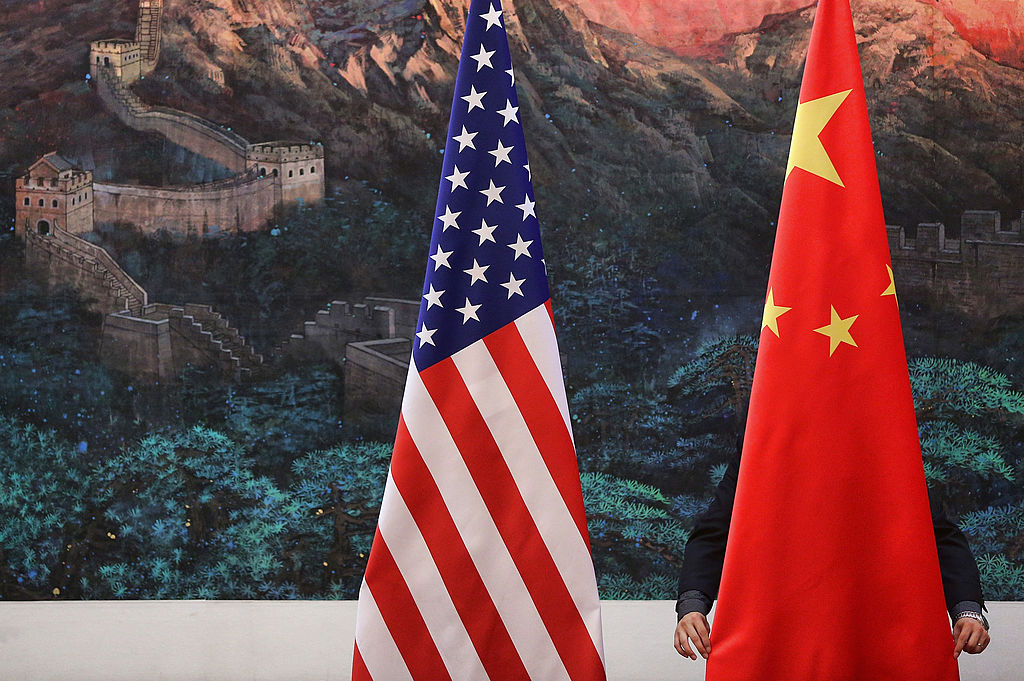
Towards the end of 2017, America’s official rhetoric on China changed so abruptly that the sensation was one of a dam bursting. The national security strategy issued in December 2017 and the national defence strategy of January 2018 spoke of a loosely coordinated but comprehensive challenge from Russia and China to overwhelm and suppress US power and influence.
These landmark documents had an undertone of anger and frustration that this challenge hadn’t been detected earlier and now required the US to undertake an urgent retuning of its external policy settings.
A part of the intellectual assessment of this policy lurch has been the contention that, since the end of the Cold War, the US had broadly rested its approach to China on the assumption that reinforcing Beijing’s decision to use the free-market system to guide the allocation of resources, not least through keeping the US and other democratic markets open to Chinese exports, would lead in due course to more liberal political and social practices inside China.
At the heart of America’s anger and frustration was not only the belated realisation that this assumption was seriously misguided and that China now had potentially enough momentum to contest the supremacy of the US-led liberal order, but also the sense that China had consciously duped the US into entertaining this assumption for so long.
That is not how I remember it. I have been a keen student of US foreign and security policy for a long time and I think I would have noticed if a key driver of the US approach towards China was the expectation that it would deliver a more liberal Chinese approach towards governance.
This expectation was not a significant theme in US policy statements or academic debates from the time of China’s adoption of Deng Xiaoping’s ‘reform and opening up’. Nor can I recall any serious exploration of how communist China could insinuate liberal practices into its ethos of domestic governance.
The view that was widely held from the 1980s onwards was that a China that was enmeshed in the international commercial and financial system (in stark contrast to the Soviet Union) was likely to be a more collegiate actor across the spectrum of international issues. That is a very different expectation to one based on China developing some hybrid socialist–liberal system of governance.
I would agree that China has consistently and very skillfully disguised its aspirations and intentions—especially the points in time when they underwent significant change—but I don’t share the contention that Beijing has overtly indulged in fuelling expectations that the governance of China would, over time, hew more closely to the tenets of a liberal democracy.
We now have a clearer view of the challenge ahead. The US leads a strong majority of states that accept that governance should be transparent, that prioritise the rights of citizens through an authoritative parliament of elected representatives, and that maintain an independent judiciary, a free press and a democratic (in the sense of not monopolistic) business community competing for resources and markets under a common set of rules.
The Chinese Communist Party insists that there are legitimate alternative ways of defining and measuring national development, including the rights of its citizens, that support its view that national progress is most reliably assured when the authority of the state is not qualified and that notions of transparency and other deliberate checks and balances on that authority should be viewed as calamitous, even treasonous.
China’s national statistics in recent decades offer strong support for the CCP’s contention, except, of course, for the simple fact that the Chinese public has never been offered a choice. Can the US and China devise a workable interface between their respective approaches to governance or should they concede that the instincts and options available to their governments, businesses and civil society are so fundamentally different as to preclude constructive engagement, leaving deliberate disengagement, or parallelism, as the more sensible path to stability and peace over the long term?
The challenge for third countries like Australia is to develop a package of policy settings that offers sensible guidance as this elemental clash of perspectives plays itself out. The package should recognise that Australia is not indifferent to the outcome but is aware of the incalculable benefits of avoiding or minimising any cleavage of the international community into separate groups headed by the US and China.
The package must be responsive to our enduring affinity with the values and principles that shape the way the US goes about its business, both domestically and internationally, but not preclude either an earnest Australia–China dialogue on governance or Australia’s capacity to advocate internationally for particular outcomes or for mechanisms to develop new outcomes.
These policy aspirations must rest on a declared and demonstrated determination to expose any hidden dimensions of activities by other states deemed injurious to Australian interests, especially any such activities conducted within our borders. This requirement, in turn, demands a sustained commitment to the necessary intelligence-gathering effort as well as the resolve to periodically make clear where Australia’s red lines lie.

